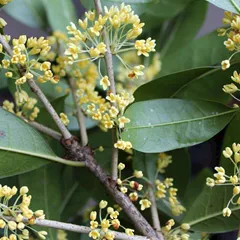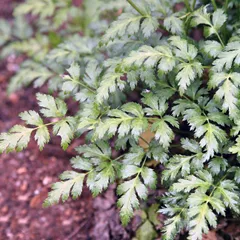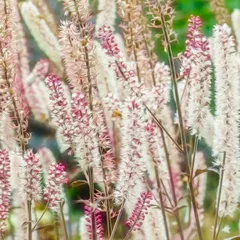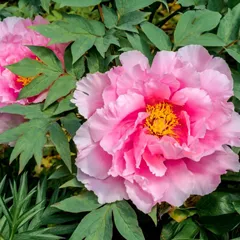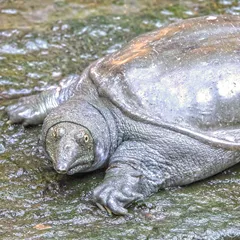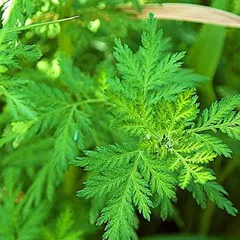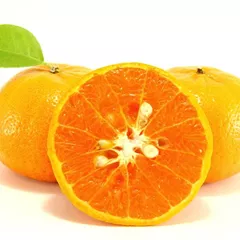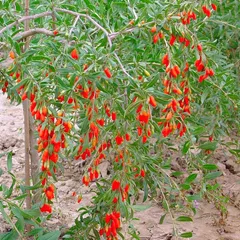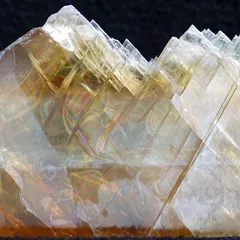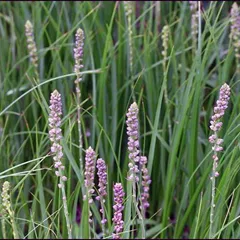Xi Jiao Di Huang Tang
Xi Jiao Di Huang Tang
Chinese: 犀角地黄汤
Pinyin: Xī Jiǎo Dì Huáng Tāng
Other names: Rhinoceros and Rehmannia Decoction
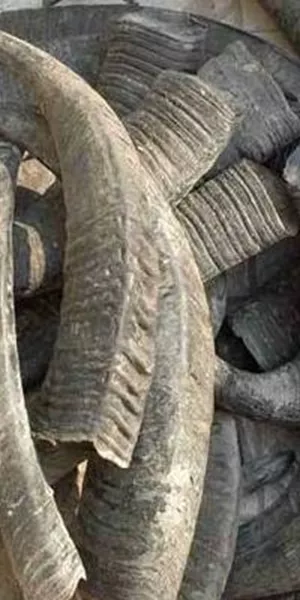
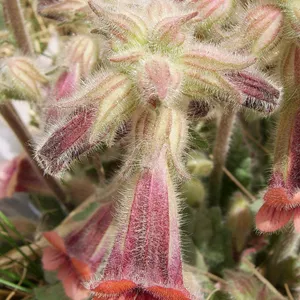
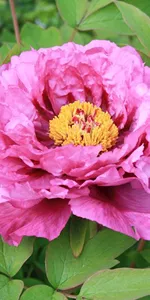
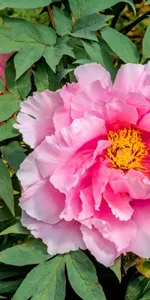
Xi Jiao Di Huang Tang
Xi Jiao Di Huang Tang
Chinese: 犀角地黄汤
Pinyin: Xī Jiǎo Dì Huáng Tāng
Other names: Rhinoceros and Rehmannia Decoction
Number of ingredients: 4 herbs
Formula category: Formulas that clear nutritive-level Heat
Conditions for which it may be prescribed: LupusBoilsUremia and six other conditions
- Treats severe fevers and Heat in the Blood system
- Removes Blood Stagnation
Contraindications: Contraindicated in cases of bleeding due to Yang Deficiency or Spleen and... Contraindicated in cases of bleeding due to Yang Deficiency or Spleen and Stomach Deficiency see more
Source date: 650 AD
Source book: Important Formulas Worth a Thousand Gold Pieces
The information provided here is not a replacement for a doctor. You shouldn't use it for the purpose of self-diagnosing or self-medicating but rather so you can have a more informed discussion with a professional TCM practitioner.
Xi Jiao Di Huang Tang is a 4-ingredient Chinese Medicine formula with Water Buffalo Horns (Shui Niu Jiao) as a principal ingredient.
Invented in 650 AD, it belongs to the category of formulas that clear nutritive-level Heat. Its main actions are: 1) treats severe fevers and Heat in the Blood system and 2) removes Blood Stagnation.
In Chinese Medicine health conditions are thought to arise due to "disharmonies" in the body as a system. These disharmonies are called "patterns" and the very purpose of herbal formulas is to fight them in order to restore the body's harmony.
In this case Xi Jiao Di Huang Tang is used by TCM practitioners to fight patterns like Heat victorious agitating Blood, Loss of Blood or Heat in the Blood. From a Western Medicine standpoint, such patterns can give rise to a range of conditions such as lupus, acute leukemia or uremia for instance.
On this page, after a detailed description of each of the four ingredients in Xi Jiao Di Huang Tang, we review the patterns and conditions that Xi Jiao Di Huang Tang helps treat.
The four ingredients in Xi Jiao Di Huang Tang
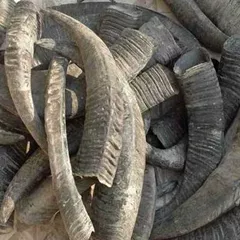
Shui Niu Jiao is a king ingredient in Xi Jiao Di Huang Tang. Like the name indicates, it means it has more power than other ingredients in the formula.
1. Water Buffalo Horns (Shui Niu Jiao)
Part used: The horn, as a powder or as thin scrapes
Nature: Cold
Meridian affinity: StomachHeartLiver
Category: Herbs that cool the Blood
Shui Niu Jiao clears Heart Fire and resolves Heat/Fire toxicity. It is Cold but does not hinder the movement of Blood (Cold can often "congeal" Blood). This makes it a particularly suitable ingredient to treat Heat at the Blood level.

Di Huang is a deputy ingredient in Xi Jiao Di Huang Tang. This means it helps the king ingredient(s) treat the main pattern or it serves to treat a coexisting pattern.
2. Unprepared Rehmannia (Di Huang)
Part used: Prepared dried root tuber
Nature: Cold
Taste(s): Sweet
Meridian affinity: HeartKidneyLiver
Category: Herbs that cool the Blood
Di Huang cools the Blood, stops bleeding, nourishes the Yin Fluids, and clears Heat. Nourishing the Yin Fluids is particularly important because they suffer greatly from severe Heat and Blood loss.
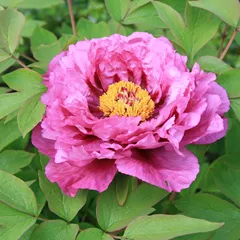
Chi Shao is an assistant ingredient in Xi Jiao Di Huang Tang. This means that it either serves to reinforces the effect of other ingredients or it moderates their toxicity.
3. Red Peony Roots (Chi Shao)
Part used: Dried root
Nature: Cool
Taste(s): Bitter
Meridian affinity: Liver
Category: Herbs that invigorate the Blood
Chi Shao cools and moves the Blood. It is important to prevent the Blood Stagnation that may be caused by Heat in the Blood or as a side effect of the other Cold ingredients in this formula.
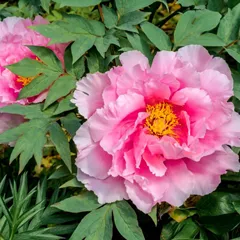
4. Mudan Peony Bark (Mu Dan Pi)
Part used: Root barks
Nature: Cool
Meridian affinity: HeartKidneyLiver
Category: Herbs that cool the Blood
In general Mu Dan Pi's main actions are as follows: "Cools the Blood, activates Blood circulation and resolves Blood stasis."
In the context of Xi Jiao Di Huang Tang, it is used because it drains Heat to cool the Blood and stops bleeding by dispersing stagnant Blood.
Conditions and patterns for which Xi Jiao Di Huang Tang may be prescribed
It's important to remember that herbal formulas are meant to treat patterns, not "diseases" as understood in Western Medicine. According to Chinese Medicine patterns, which are disruptions to the body as a system, are the underlying root cause for diseases and conditions.
As such Xi Jiao Di Huang Tang is used by TCM practitioners to treat five different patterns which we describe below.
But before we delve into these patterns here is an overview of the Western conditions they're commonly associated with:
Lupus Acute leukemia Uremia Hepatic coma Septicemia Boils Hepatitis Allergic purpura Acute hemorrhages
Again it wouldn't be correct to say "Xi Jiao Di Huang Tang treats lupus" for instance. Rather, Xi Jiao Di Huang Tang is used to treat patterns that are sometimes the root cause behind lupus.
Now let's look at the five patterns commonly treated with Xi Jiao Di Huang Tang.
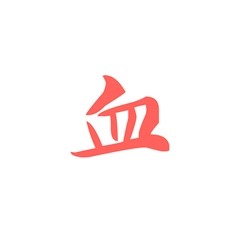
Blood (Xue) is one of Chinese Medicine's vital subtances. Learn more about Blood in Chinese Medicine
Heat victorious agitating Blood
Pulse type(s): Rapid (Shu), Wiry (Xian)
Symptoms: Epistaxis High fever Dark macules Restlnessness Bloody stools Manic behavior Blood in urine Vomiting of blood
Xi Jiao Di Huang Tang is sometimes prescribed by TCM practitioners to treat Heat victorious agitating Blood. This pattern leads to symptoms such as restlnessness, high fever, manic behavior and dark macules. Patients with Heat victorious agitating Blood typically exhibit rapid (Shu) or wiry (Xian) pulses.
This is one of the five patterns of the Blood level, the fourth and last level of the Four Levels theory. This means this is a very serious pattern where an External Pathogen has penetrated deeply within the body.
At this level, the Heat had reached the Blood and is agitating it, much like heat... read more about Heat victorious agitating Blood

Blood (Xue) is one of Chinese Medicine's vital subtances. Learn more about Blood in Chinese Medicine
Loss of Blood
Symptoms: Epistaxis Heamaturia Menorrhagia Metrorrhagia Bloody urine Bloody stools Heavy periods Bloody sputum Cough of blood Vomiting of blood Dark clots in menstrual blood
Xi Jiao Di Huang Tang is sometimes prescribed by TCM practitioners to treat Loss of Blood. This pattern leads to symptoms such as epistaxis, menorrhagia, metrorrhagia and heamaturia.
There are two types of Loss of Blood: Empty or Excess.
The Empty type mainly refers to the Deficient Qi failing to hold Blood in the vessel. Then the Heat in the Blood pushes it out. The color of the blood is pales while the quantity is profuse. The loss of Blood can be prolonged.
Another Empty... read more about Loss of Blood

Blood (Xue) is one of Chinese Medicine's vital subtances. Learn more about Blood in Chinese Medicine
Heat in the Blood
Pulse type(s): Rapid (Shu)
Tongue color: Red
Symptoms: Fever Thirst Eczema Anxiety Itching Insomnia Delirium Red face Tinnitus Dry mouth Dizziness Dark Urine Dry stools Dry throat Bloody nose Malar flush Bloody urine Irritability Restlessness Night sweats Constipation Bloody sputum Bloody stools Heavy periods Restlnessness Early periods Cough of blood Abdominal pain Scanty periods Feeling of heat Delirious speech Vomiting of blood Red skin eruptions Dark colored blood Pale color periods Thick menstrual blood Black and tarry stools Thin and watery periods Bitter taste in the mouth Frequent bleeding episodes Trickling blood after period Dark clots in menstrual blood Pre-menstrual breast distention Abdominal distention and fullness Flooding suddenly before schedule Thirst with an inability to swallow Frequent bleeding episodes in stools urine or vomit
Xi Jiao Di Huang Tang is sometimes prescribed by TCM practitioners to treat Heat in the Blood. This pattern leads to symptoms such as feeling of heat, red skin eruptions, thirst and frequent bleeding episodes. Patients with Heat in the Blood typically exhibit rapid (Shu) pulses as well as Red tongue.
The most common cause of Heat in the Blood is a Heat Pernicious Influence that has invaded the body and agitates the Blood. This results in accelerated blood flow which manifests itself in a rapid pulse, expanded and damaged Blood vessels and often heavy bleeding. The Blood will be fresh red or... read more about Heat in the Blood
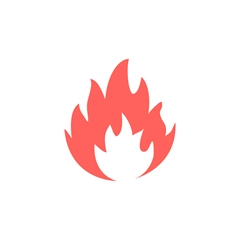
'Heat' as a body pattern in Chinese Medicine is one of the so-called "Eight Principles". Learn more about Heat pattern in Chinese Medicine
Toxic-Heat
Pulse type(s): Rapid (Shu)
Tongue coating: Yellow coating
Tongue color: Red
Symptoms: Pus Fever Boils Sores Eczema Thirst Pustule Coughing Erythema Swellings Carbuncles Dark Urine Sore throat Mouth ulcers Constipation Abdominal pain Swollen tonsils Feeling of heat Lower back pain Perineum swollen Prostate swollen Testicle swollen Red skin eruptions Shortness of breath Yellow vaginal discharge Smelly Vaginal discharge Sticky vaginal discharge Bloody vaginal discharge Five colour vaginal discharge
Xi Jiao Di Huang Tang is sometimes prescribed by TCM practitioners to treat Toxic-Heat. This pattern leads to symptoms such as fever, swellings, pus and boils. Patients with Toxic-Heat typically exhibit rapid (Shu) pulses as well as Red tongue with yellow coating.
There are two types of Toxic-Heat. One type is called Toxic-Heat Stagnation, which mainly happens in Channels or other surfaces like skins, throat, lymph or mouth. The symptoms include pain, redness and swollen in throat as well as skin pustule and rush. Acne during teenage time is mainly due to... read more about Toxic-Heat

'Heat' as a body pattern in Chinese Medicine is one of the so-called "Eight Principles". Learn more about Heat pattern in Chinese Medicine
Excess-Heat
Pulse type(s): Rapid (Shu), Tight (Jin), Full (Shi)
Tongue coating: Yellow coating
Tongue color: Reddish-Purple
Symptoms: Fever Thirst Flushed face Irritability Constipation Red skin rashes Arthritic symptoms Scanty and dark urine Blotches dotted over the skin
Xi Jiao Di Huang Tang is sometimes prescribed by TCM practitioners to treat Excess-Heat. This pattern leads to symptoms such as fever, flushed face, red skin rashes and blotches dotted over the skin. Patients with Excess-Heat typically exhibit rapid (Shu), tight (Jin) or full (Shi) pulses as well as a reddish-purple tongue with yellow coating.
Formulas similar to Xi Jiao Di Huang Tang
Gui Zhi Fu Ling Wan is 40% similar to Xi Jiao Di Huang Tang
Qing Wei San is 40% similar to Xi Jiao Di Huang Tang
Qing Hao Bie Jia Tang is 40% similar to Xi Jiao Di Huang Tang
Zhu Yu Zhi Xue Tang is 38% similar to Xi Jiao Di Huang Tang
Di Gu Pi Yin is 33% similar to Xi Jiao Di Huang Tang
Qing Wen Bai Du Yin is 29% similar to Xi Jiao Di Huang Tang

